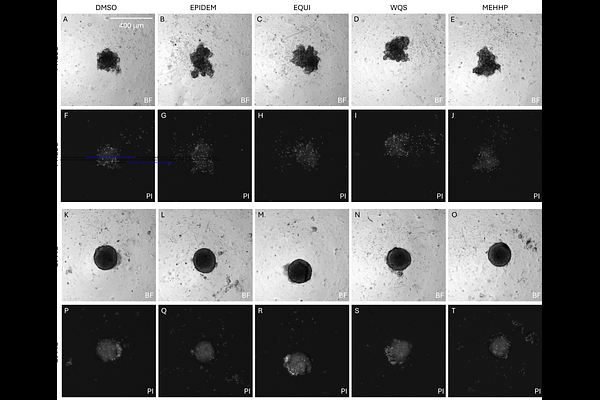Phthalate monoesters affect membrane fluidity and cell-cell contacts in endometrial stromal cell lines

Phthalate monoesters affect membrane fluidity and cell-cell contacts in endometrial stromal cell lines
Lavogina, D.; Kask, K.; Kopanchuk, S.; Visser, N.; Laws, M.; Flaws, J. A.; Kallak, T. K.; Olovsson, M.; Damdimopoulou, P.; Salumets, A.
AbstractPhthalate monoesters have been identified as endocrine disruptors in a variety of models, yet understanding of their exact mechanisms of action and molecular targets in cells remains incomplete. Here, we set to determine whether epidemiologically relevant mono(2-ethyl-5-hydroxyhexyl) phthalate (MEHHP) can affect biological processes by altering cell plasma membrane fluidity or formation of cell-cell contacts. As a model system, we chose endometrial stromal cell lines, one of which was previously used in a transcriptomic study with MEHHP or MEHHP-containing mixtures. A short-term exposure (1 h) of membrane preparations to endocrine disruptors was sufficient to induce changes in membrane fluidity/rigidity, whereas different mixtures showed different effects at various depths of the bilayer. A longer exposure (96 h) affected the ability of cells to form spheroids and highlighted issues with membrane integrity in loosely assembled spheroids. Finally, in spheroids assembled from T-HESC cells, MEHHP interfered with the formation of tight junctions as indicated by the immunostaining of zonula occludens 1 protein. Overall, this study emphasized the need to consider plasma membrane, membrane-bound organelles, and secretory vesicles as possible biological targets of endocrine disruptors and offered an explanation for a multitude of endocrine disruptor roles documented earlier.